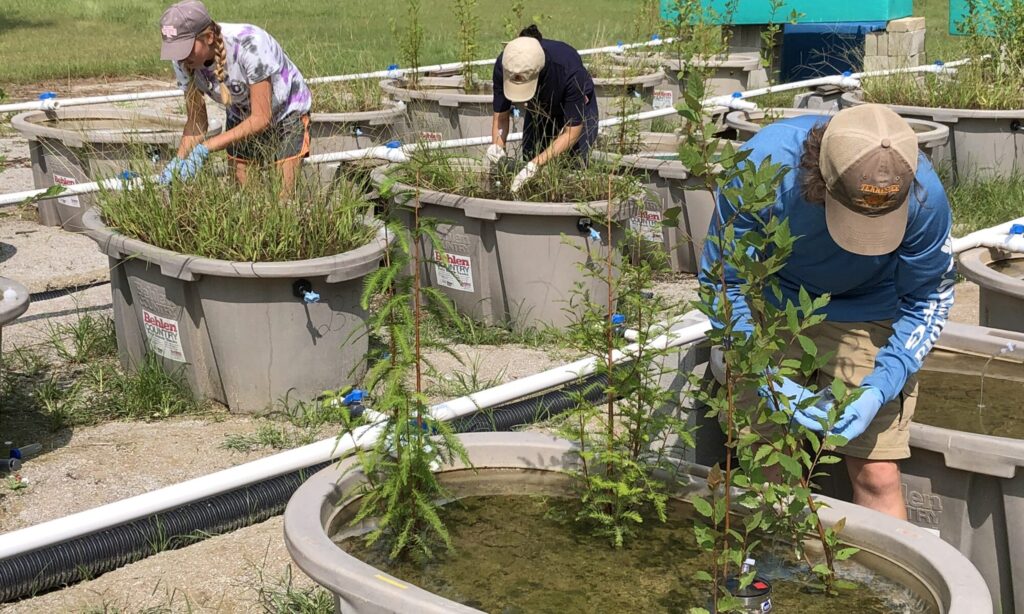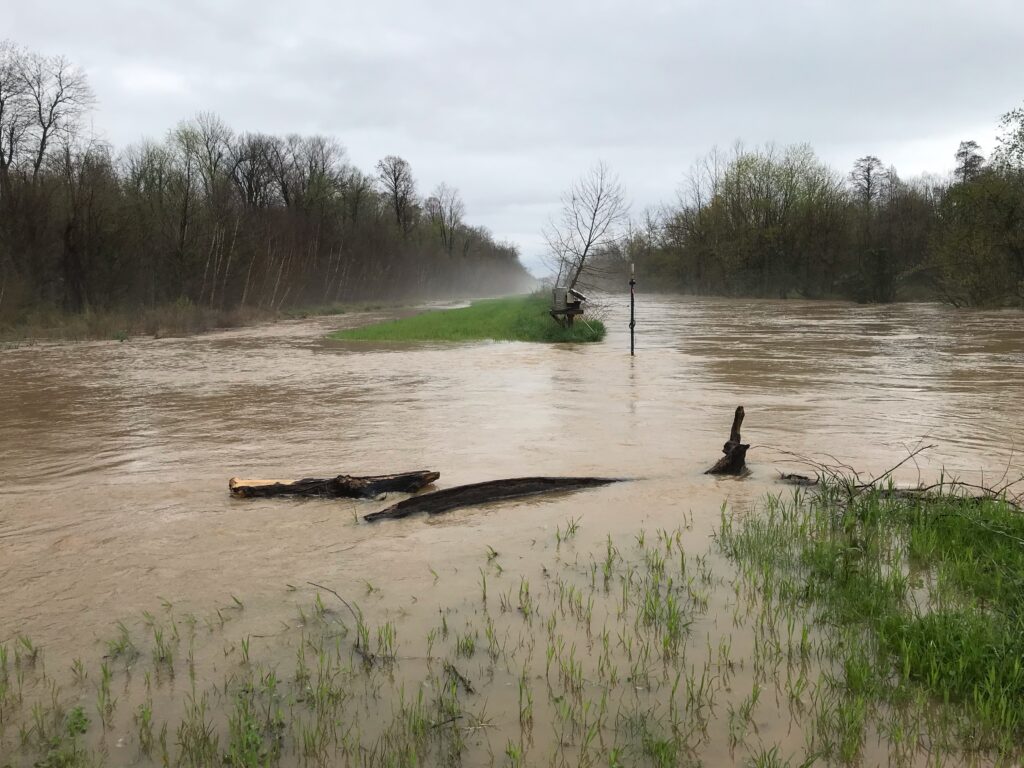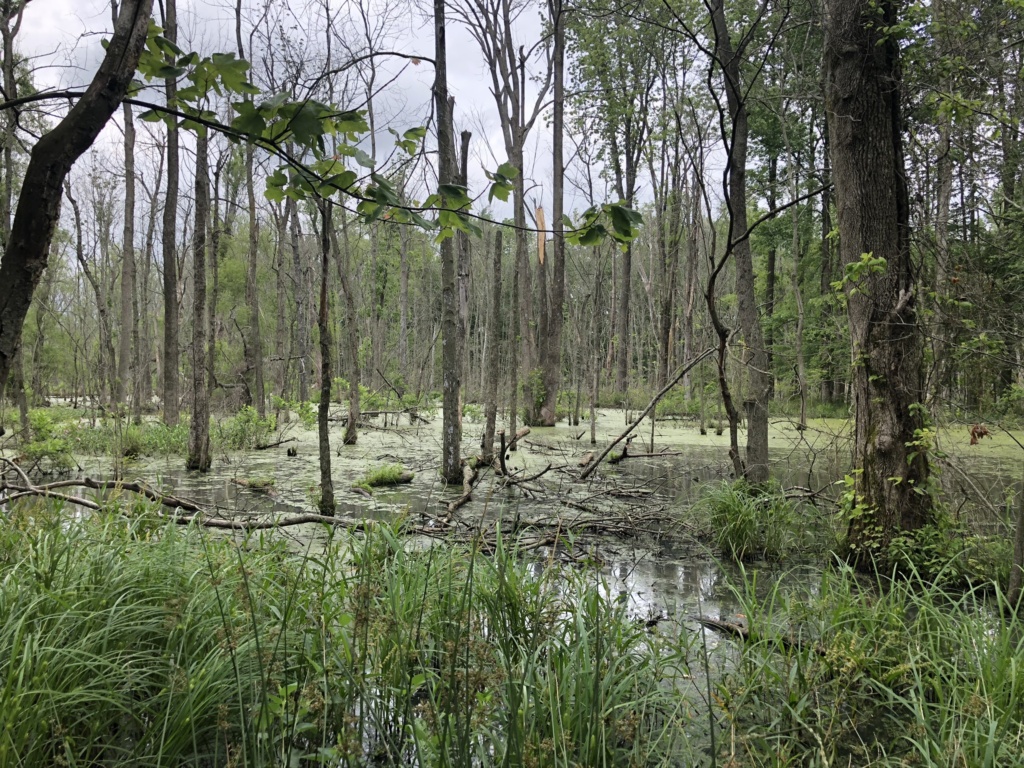
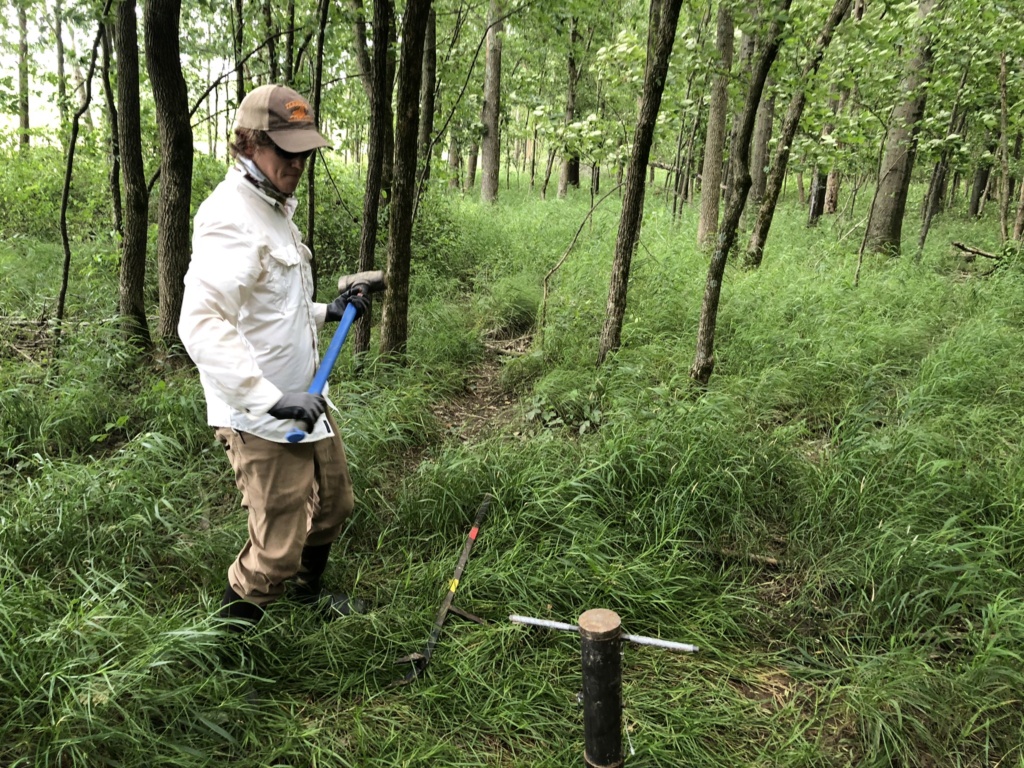
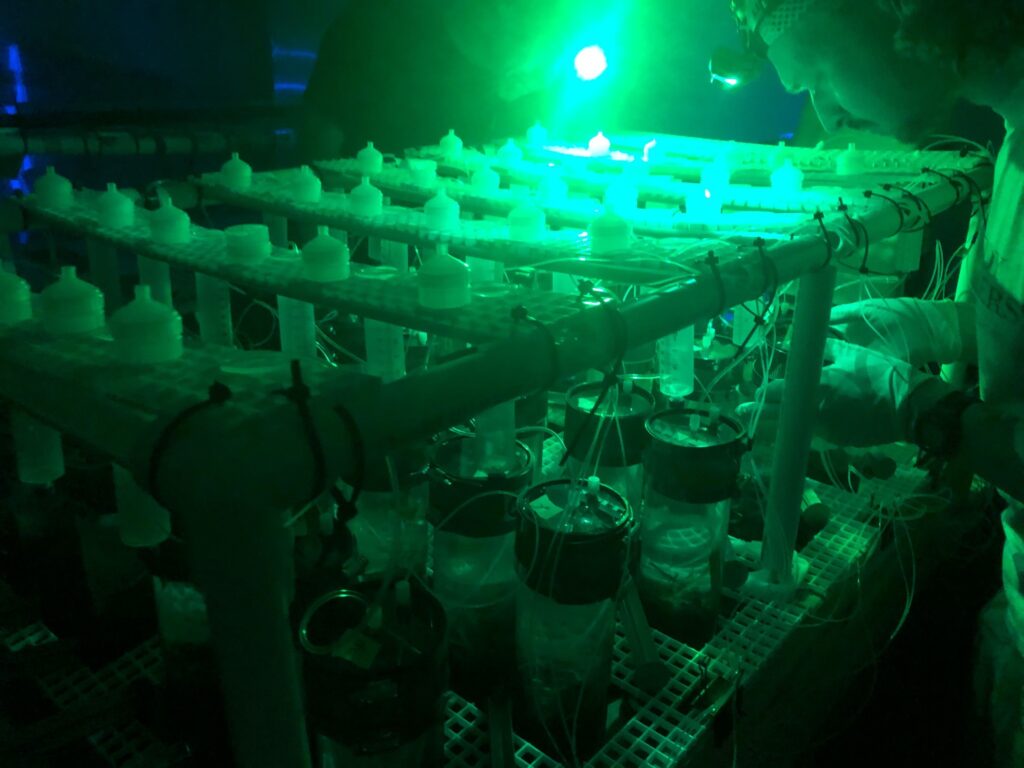
Geographically Isolated Wetlands
Isolated wetlands are crucial in maintaining the state’s rich natural history, improving our economic future, and maintaining flood safety, water quality, and biodiversity. Despite their name, isolated wetlands are well connected to the landscape, providing natural filtration and water storage. Isolated wetlands often have significant connections to groundwater, even when surface water connections are not evident, providing important aquifer recharge while cleaning the water.
BENEFITS OF ISOLATED WETLANDS IN TENNESSEE (LINK TO DOCUMENT)
Justin Murdock, Professor of Biology Tennessee Tech University; Andrea Ludwig, Associate Professor of Ecological Engineering University of Tennessee Institute of Agriculture; Matthew Gray, Professor of Wetland Ecology, University of Tennessee School of Natural Resources
Research in Restored Agricultural Wetlands
Agricultural watersheds contribute a substantial proportion of nutrients exported by rivers in the Lower Mississippi River Basin (LMRB). Human activities in LMRB watersheds including channelization and levee construction that disconnects the river and its floodplain, and the conversion of river floodplain wetlands into agricultural production contribute to increased nutrient export. The USDA Natural Resources Conservation Service established the Wetlands Reserve Program (WRP) more than 20 years ago to restore marginal agricultural land back to functional wetland ecosystems. The goal of our research is to quantify these restoration outcomes across 40 restored riparian wetlands in western Tennessee and Kentucky, focusing on events when floodplains reconnect to the river. We are measuring easement nutrient reduction as a function of time in the program (i.e. wetland successional stage) and restoration practices including hydrology and vegetation modifications. Generally, we are investigating how much nitrogen and phosphorus are retained by WRP easements; which management practices are best at retaining nutrients; and how long does it take for a restored easement to recover its ability to improve water quality.
This research requires a collaborative approach among scientists and engineers with diverse backgrounds in ecology, hydrology, microbiology, genetics, and botany and collects data through a variety of field sampling, laboratory analyses, remote sensing, and computer modeling to link wetland nutrient retention to water flows, vegetation, soil microbial communities and different management strategies. A major aspect of this project is isolating the response of individual habitat types and soil conditions through collecting soil cores and measuring nutrient cycling and retention capabilities in controlled conditions. Retention rates can then be correlated to soil properties, vegetation, and microbial communities. This project is also training early career scientists including seven graduate students at Tennessee Tech and one at Middle Tennessee State University.
